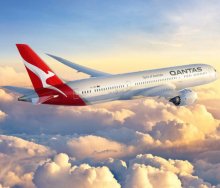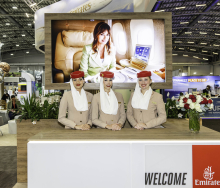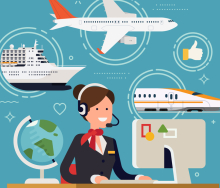United Airlines will reduce domestic capacity from the Northern hemisphere summer. This follows declining demand for travel within the US, the carrier reported in its Q1 financial results.
“United is also continuing to make prudent adjustments to the utilisation rate of its fleet, including ongoing reductions in off-peak flying on lower demand days. The airline expects to continue this approach into the fourth quarter of 2025,” reported the airline.
Additionally, as a part of this plan, United will retire 21 aircraft earlier than previously planned.
Mike Leskinen, Executive VP and CFO of United Airlines, explained during the Q1 Earnings Call that the airline was closely monitoring the risks associated with demand and the potential impact of the Trump Administration’s tariffs. The airline has seen reduced demand and a slow-down in US government spend on domestic routes.
“To date, our bookings have stabilised. But looking out for the third quarter and beyond, we've already taken action to pull down our less profitable flying, including red-eye flying, capacity in US government traffic-heavy routes, and transborder flying, aided by accelerating the retirement of 21 aircraft,” said Leskinen.
“There's a tremendous amount of uncertainty in the economy right now, and we've already seen a reduction in demand and correspondingly in revenue.”
Leskinen explained that the capacity reduction was also part of the carrier’s plan to become more cost efficient in terms of fuel expenditure and aircraft maintenance.
Aircraft maintenance
During the Q1 Earnings Call, participants noted that the recent implementation of reciprocal tariffs was putting pressure on the global supply of parts needed for aircraft maintenance and aircraft deliveries. Bloomberg reported that some aircraft part suppliers had indicated that they might need to reduce shipments due to the increased costs imposed by the tariffs. This could indicate a developing broader supply chain issue.
According to Scott Kirby, CEO of United Airlines, it is still too early to worry about the impact on aircraft supply and maintenance, however the airline is in discussions with aircraft manufacturers to ensure that, despite the additional tariffs they are subjected to, they can work together to maintain a healthy partnership.














